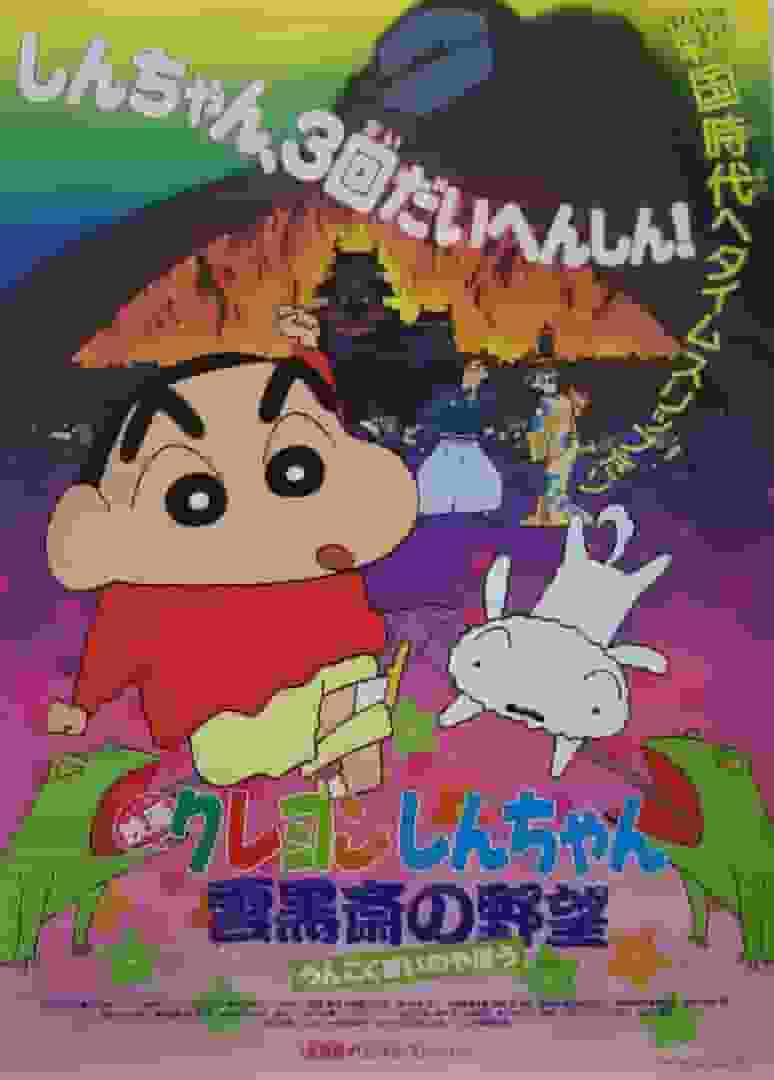Urashima Taro: A review and recommendation of a modern anime that depicts inspiration and lessons

Urashima Taro■ Public Mediatheater ■ Original MediaTraditional literature ■ Release date1929 ■ Number of EpisodesEpisode 2 ■ Production・Manufacturer: Kuwano Shokai ■ExplanationThis is a film adaptation of the story of Urashima Taro, which is found in the Ministry of Education's national reading book, using puppets. It is unclear whether this puppet film was made using strings or shot in stills. Source: "History of Japanese Animation Films," co-authored by Yamaguchi Katsunori and Watanabe Yasushi, edited by Planet, p. 200 ■ Main staff・Manufacturer: Kuwano Shokai ・Inventor: Mori Seien Urashima Taro - Detailed evaluation and recommendation of Urashima TaroUrashima Taro is a traditional Japanese folk tale, and the story is familiar to many Japanese people. "Urashima Taro - Urashima Taro", released in 1929, is a film adaptation of this legendary tale as a puppet show, produced by Kuwano Shokai. The film was based on the national reading book by the Ministry of Education, and had educational value at the time. Story SummaryThe story of Urashima Taro is about a young man who saves a turtle in the sea, and is taken by the turtle to Ryugu-jo Palace to express his gratitude. There, he meets Princess Otohime, and they spend a happy time together, but he eventually decides to return to his hometown. Princess Otohime gives him a box, telling him not to open it, and he takes it home with him. However, when he returns home, hundreds of years have passed and his family and friends have already passed away. He ends up opening the box and turns into a white-haired old man, a tragic ending. Characteristics of puppet theaterThis work was produced as a puppet show, and the technology of the time was used to tell the story. Because it is difficult to reproduce realistic movements and facial expressions in puppet shows, ingenuity was required to express the progression of the story and emotions. In particular, the scene in which Urashima Taro rides a turtle across the sea and the glamorous party scene in Ryugu-jo Castle play an important role in creating a visual impact. In addition, the movements of the puppets and the colors of the background are used skillfully to express the sadness and despair that Urashima Taro feels after returning to his hometown. Technical evaluationIn 1929, filmmaking using puppetry was still a new venture, and there were likely many technical challenges. In particular, the movements of the puppets using strings and the scene changes using stop-gap photography are areas that show the ingenuity of the technicians of the time. Additionally, the music and sound effects that matched the progression of the story are also highly regarded as important elements that complement the visual expression. Educational valueThe work also has educational value, as it is based on a national reader published by the Ministry of Education. The story of Urashima Taro has been used as a teaching material to teach the spirit of mutual help and understanding of the passage of time. This film adaptation has also been used as a way to teach moral lessons to children through stories. In particular, the scene where Urashima Taro rescues the turtle and his interactions with Princess Otohime teach the importance of compassion and gratitude. Cultural influencesThe story of Urashima Taro is deeply rooted in Japanese culture and has influenced many works of art and media. This film adaptation is one of those works, and it must have made a strong impression on audiences at the time. The story of Urashima Taro is also known overseas, and this film may have played a role in spreading traditional Japanese folk tales around the world. Recommendations and ratings"Urashima Taro" was a technically challenging work in 1929, and a work of educational value that would have deeply touched audiences at the time. It is particularly worthy of praise for its expressive puppetry, and for the use of music and sound effects that match the progression of the story. Furthermore, the moral lesson conveyed through the story of Urashima Taro will resonate with many people even today. Here are some reasons why I recommend this work:
"Urashima Taro" is a work that combines historical and educational value, and is definitely one that you should see at least once. This work, which expresses a traditional Japanese folk tale as a puppet show, will give you a visual impact and a deep sense of the story. Furthermore, through the story of Urashima Taro, you will be able to deepen your understanding of the spirit of mutual help and the flow of time. Related works and recommendationsThe story of Urashima Taro has been featured in many media outlets. Below, we will introduce works related to Urashima Taro or works with the same theme.
These works are also related to the story and theme of Urashima Taro, so be sure to check them out. Traditional Japanese folk tales have the power to move and sympathize with many people. Among them, "Urashima Taro" is a work that combines historical and educational value, and is one that you should definitely see at least once. |
<<: Review of "A Million Dollars Under the Sea": Deep sea adventures and amazing treasures
Recommend
Gunn said that the purpose of filming "Guardians of the Galaxy 3" was to tell the story of Rocket Raccoon well.
Recently, James Gunn, the director of Guardians o...
Hina no Uta: The charm of this classic anime with a moving melody and story
"Hina no Uta" - The appeal of Minna no ...
The new cast of the movie "The Last Days Savior" starring Ito Hideaki will be released on March 18
The live-action movie "KAPPEI: The Savior of...
The Witcher Season 3 highlights will be released at the end of June
Recently, Netflix released highlights from the th...
Which new Japanese anime in April is more worth watching: Kaguya-sama: Love is War or Alice?
It seems that 2020, which just started, has come ...
All the apes return to fight for the top again. The Chinese trailer of "Jumanji: Welcome to the Next Level" is released
Today (September 25), Sony Pictures officially re...
Genshiken 2nd Generation: The Appeal and Evaluation of the Bonus Videos
"Genshiken 2nd Generation Bonus Video" ...
"The Meg 2" movie officially announced that Jason will return and start filming in 2021
The Sino-foreign co-production film "The Meg...
The appeal and reviews of Science Ninja Team Gatchaman F: A complete look at the new adventure
Science Ninja Team Gatchaman F - The third instal...
The rescue god is here again! Liam Neeson's first stills from "Ice Road Rescue"
Liam Neeson is back to the rescue again! The firs...
To commemorate the 60th anniversary of the birth of 007, British Triumph Motorcycle launched a domineering and cool limited edition
The century-old British motorcycle brand Triumph ...
Senyuu. OVA Episode 1.1 Review: What is the shocking development in which the hero is punched?
Detailed review and recommendation of Senyuu. Com...
A Quiet Place 2: A New Trailer Released: Questioning Human Nature in the End of the World
Today (June 5), Paramount officially released a n...
The suspense film "The Corridor Pavilion" adapted from Keigo Higashino's novel is scheduled to be released on March 18, 2022
Today (December 27), the movie "The Corridor...
I Decided to Marry the Most Hated Girl in My Class to Be Adapted into an Animation
Another highly anticipated light novel is about t...









